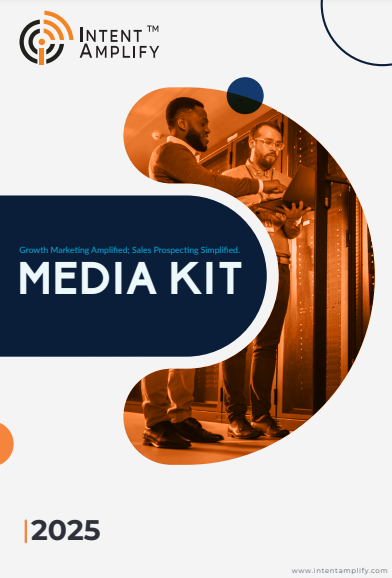
BANT Sales: A 5-Step Framework for Building Strong B2B Relationships
- Last updated on: November 15, 2024
Let’s set the scene. You’re on a discovery call. The prospect seems interested. You’ve got a solid product, maybe even a great offer. But something feels off. The conversation isn’t going anywhere, and by the time you hang up, you’re unsure what just happened.
Sound familiar? That’s not a product issue. It’s a qualification issue.
That’s precisely what keeps the BANT model relevant in today’s 2025 landscape.
While flashy sales tools and automation platforms come and go, the best sellers know this truth: if you ask better questions, you close better deals. And BANT – short for Budget, Authority, Need, and Timeline – gives you the structure to do exactly that.
Let’s break it down, see how BANT has evolved, and walk through the exact questions that help you find serious buyers faster and avoid chasing leads that go nowhere.
In B2B sales, success depends on many factors. For example, when managing key high-value buying groups and accounts, prioritizing the right opportunities to make a sales pitch is critical to success.
What Is BANT and Why Does It Still Matter?
Originally developed by IBM in the 1950s, BANT was designed to help enterprise sellers qualify complex deals. Over 70 years later, it still works – but not as a rigid checklist.
Modern sales teams use BANT as a conversation guide: a way to uncover buyer intent, identify blockers, and align your product with the things your prospect cares about.
Gartner’s 2023 survey showed that 52% of sales professionals still rely on BANT, with many using it to prioritize leads and shorten sales cycles.
One thing stands out-modern B2B buyers approach decisions with sharper insight, greater care, and long-range thinking. They don’t just want features. They want partners who understand their business.
That means the real power of BANT is in how you ask the questions.
BANT Framework Sales?
Well, despite common misconceptions among sellers, BANT selling remains a highly effective lead qualification tool, even in today’s technology-driven sales environment where buyers often hold the upper hand.
It’s more than just ticking off criteria – it’s about applying a targeted, strategic approach to qualifying and nurturing your most valuable accounts. By using BANT, you can sharpen your focus and ensure that every interaction with key accounts is intentional, personalized, and aligned with their specific needs and timelines.
With BANT, you don’t just chase every lead; you prioritize accounts that are the best fit for your business, ensuring that your efforts are spent where they will have the greatest impact and drive long-term success.
For SaaS companies looking to refine their qualification process and avoid wasting time and resources on leads that won’t convert, BANT offers a proven framework to ask the right questions upfront. This helps ensure sales teams aren’t investing time and budget into prospects that might eventually lead to disqualification.
By focusing on the four key pillars: budget, authority, need, and timeline, SaaS businesses can prioritize the most valuable leads and significantly enhance their chances of success. To effectively qualify prospects, focus on key questions about Budget, Authority, Need, and Timeline. If a prospect meets all the BANT criteria, they’re a strong fit for your product or service, saving you time and ensuring you target the right opportunities.
Want Consistent Sales? Learn How the BANT Lead qualification Drives Success.
We’ve devised a five-step BANT process to drive success for sales teams. This is what it looks like:
#Step 1: Budget – It’s Not Just About the Money
When we hear “budget,” we often think of numbers. But that’s just scratching the surface.
The real goal? Understand how the problem is impacting their bottom line and whether your solution feels like a cost or an investment.
Ask:
- “What are you currently spending to solve this?”
- “How much is this issue costing your team each month?”
- “What kind of ROI are you expecting?”
- “Would this fall under marketing, ops, or IT budgets?”
- “Have you tried solving this internally? What did that cost you?”
Modern SaaS buyers aren’t always sure what budget they need, especially with usage-based pricing and flexible subscriptions. That’s why you need to help them frame the value, not just the cost.
#Step 2: Authority – Who’s Making the Call?
Here’s a hard truth: selling to the wrong person can cost you months.
Your champion might love your product, but if they can’t sign off, you’re stuck in a holding pattern.
Ask:
- “Who will be using this day-to-day?”
- “Who else needs to weigh in before a decision is made?”
- “How do solutions like this typically move through your internal sign-off steps? ”
- “Would it make sense to loop in [Job Title] for our next meeting?”
Most B2B decisions now involve 6–10 stakeholders. The sooner you spot buying intent, the quicker you turn interest into outcomes.
It’s not just about finding who decides – it’s about understanding how decisions get made. Who can approve? And who can block? Furthermore, who needs to be convinced?
#Step 3: Need – Is This a Pressing Problem or Just a Priority Placeholder?
Evaluate the urgency and importance of the prospect’s problem.
In the BANT sales framework, ‘N’ for Needs refers to evaluating whether your solution truly addresses the specific pain points and requirements of your prospect. To determine if your offering is the right fit, it’s essential to dive deeper into the unique challenges your prospects are facing. This step goes beyond general assumptions and requires a thorough understanding of their needs, something that can be achieved through research, listening to customer feedback, and analyzing key data points from surveys and discussions.
In B2B sales and marketing, identifying a prospect’s problem is a key step; what matters most is understanding how critical and urgent that problem is.
As you engage with prospects, ask yourself:
Just because someone says they have a problem doesn’t mean they’re ready to solve it.
That’s why “Need” is where your real discovery begins.
You’re not just asking what’s wrong – you’re finding out how much it hurts, what it’s costing them, and how urgently they want relief.
Ask:
- “When did this problem first come up?”
- “Why are you looking into solutions now?”
- “Ultimately, it’s not the offering alone that defines your value. ”
- “How does this impact your team’s goals or customer experience?”
- “If things go exactly how you hoped, what’s the picture you’re aiming for? ”
- “What have you tried so far – and why didn’t it work?”
The most effective B2B sellers don’t sell features – they solve priorities. Understanding need helps you craft a pitch that hits home.
This insight is particularly valuable in lead generation and content syndication campaigns.
#Step 4: Timeline – Are They Ready to Move or Just Exploring?
Here’s where you separate the curious from the committed.
A clear timeline gives you visibility into their buying process and lets you set realistic expectations for follow-up, proposals, and closing.
Ask:
- “When do you want this problem solved by?”
- “What’s your timeline for making a decision?”
- “Do you have any internal deadlines we should be aware of?”
- “What’s driving urgency – is something happening soon?”
- “Are there any obstacles that might slow things down?”
Don’t leave this vague. Lock in key dates and milestones so you can follow up with purpose and keep momentum high.
A buyer with no urgency is often a buyer with no budget, or one who hasn’t fully committed to change yet.
#Step 5: Follow-Up Like a Pro – Stay in Sight, Stay in the Deal
So, you’ve asked the right questions. You know the prospect has the budget, the authority, a clear need, and a decision timeline. Nice work.
But here’s where a lot of deals go quiet: the follow-up.
Not because the buyer isn’t interested, but because the seller disappears.
If you want to close the deal, you need to stay in the conversation. That means showing up consistently, across the right channels, with a message that still feels relevant. Not spammy. Not desperate. Just helpful.
Here’s how to follow up the smart way:
- Be present on multiple channels: Don’t just send an email and hope. Mix it up – connect on LinkedIn, send a thoughtful text, or make a quick call. People are busy, and how they prefer to communicate can change day by day.
- Personalize everything: Generic follow-ups are easy to ignore. But a quick note like, “Saw this article and thought of our conversation about [pain point]” shows you’re paying attention – and that you care about solving their problem.
- Tie your message to their timeline: If they told you their team is planning a rollout next quarter, don’t hound them every week. Time your check-ins to match their schedule. That way, you’re showing up when it matters most, not just when it’s convenient for you.
- Track the details: Use your CRM (or even a simple spreadsheet) to keep tabs on interactions. Did they open that email? Watch that demo? Leave something on “read”? Knowing where they stand helps you plan your next move with more accuracy and less guesswork.
- Send value, not just reminders: No one wants an email that says, “Just checking in.”
Instead, send something that helps them move forward, a customer success story, a comparison guide, or a short video walking through the ROI. Make every message feel worth their time.
Beyond BANT: Ask Questions That Build Trust
The best sales reps don’t use BANT as a script. They use it as a diagnostic tool to guide a natural conversation and build real insight.
Here are a few more powerful questions that add depth and context to any BANT conversation:
- “What other initiatives are competing for budget right now?”
- “How would solving this problem impact your KPIs?”
- “What are your top three business priorities this quarter?”
- “If this goes unresolved, what’s the risk to your team or revenue?”
- “What would make this project a clear win for you?”
These aren’t tricks. They’re trust-building tools. And they work because they make the prospect feel heard, not sold to.
Timing is Everything in Sales
Aligning your sales cycle with your prospect’s internal deadlines and priorities increases the likelihood of a successful sale. By understanding their decision-making timeline, you can customize your approach, stay relevant, and close deals faster. These questions allow you to strategically manage your pipeline and understand whether your prospect is looking to make a decision tomorrow or six months from now.
Always remember: a well-timed proposal can be the difference between an opportunity slipping through your fingers and a successful close. Understanding their time frame allows you to serve their needs better, build trust, and ultimately, close more deals.
The Power of Asking the Right Questions
BANT isn’t outdated. It’s just evolved.
In today’s B2B environment, where personalization, timing, and value-driven selling are everything, the BANT framework gives you a structure for smart selling. Not robotic. Not forceful. Just focused, intentional discovery.
By understanding:
- What the buyer can spend (Budget)
- Who makes the decision (Authority)
- What problem are you solving (Need)
- And when to act (Timeline)
…you can spend less time chasing unqualified leads, and more time closing real opportunities.
Because at the end of the day, it’s not just about what you sell. It’s about how well you understand the person buying.





